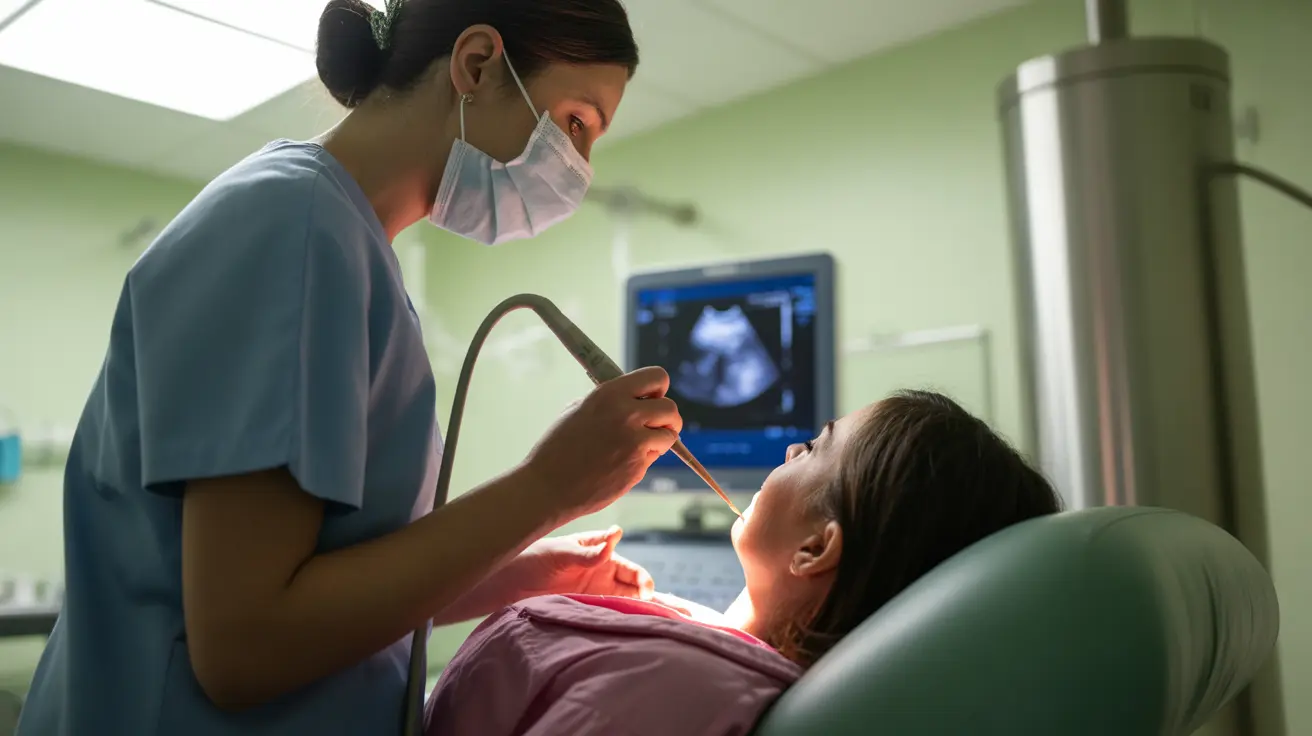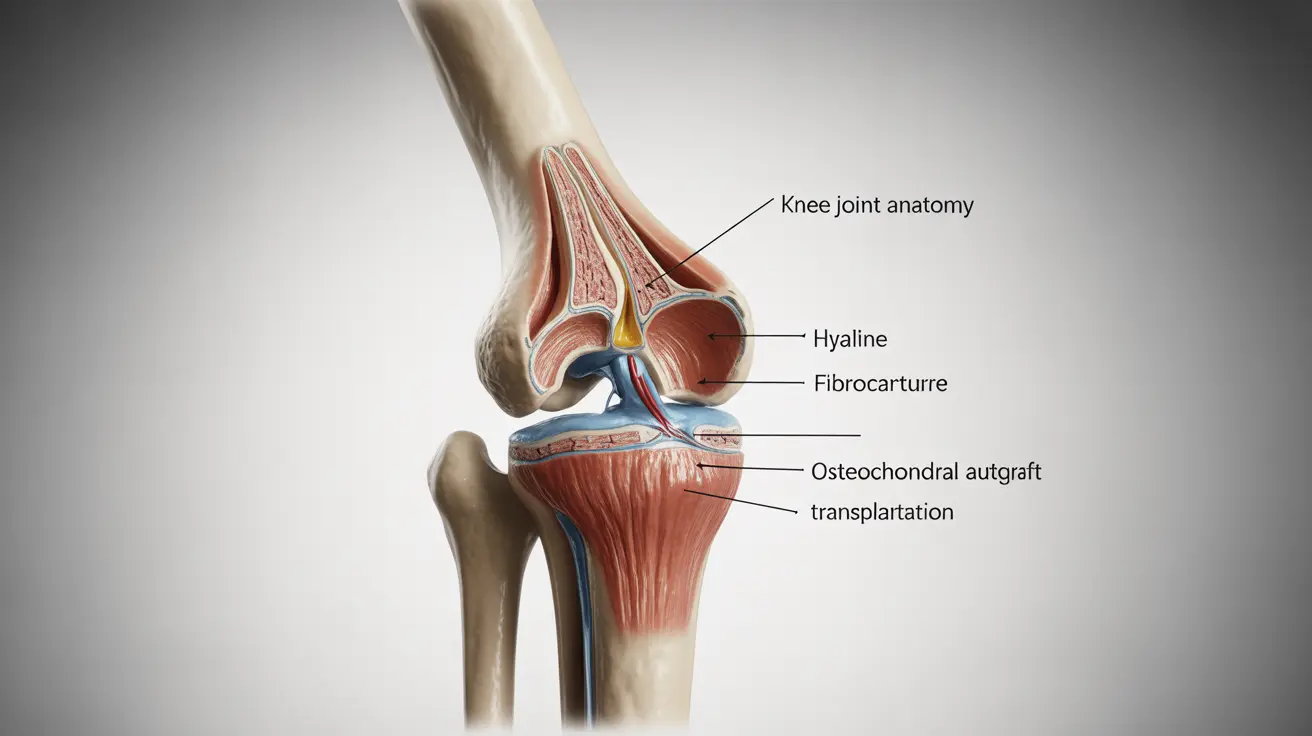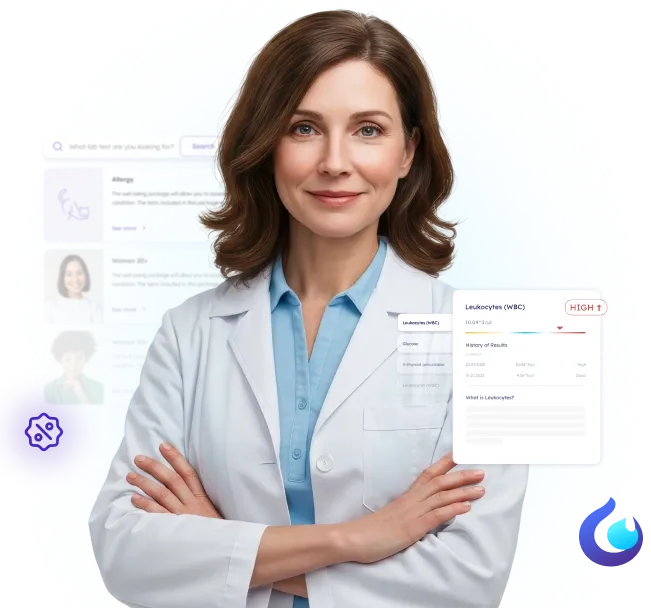How Important is Health Management in healthcare?
Taking charge of our health has never been more crucial. Understanding and managing our well-being directly impacts our happiness and longevity as we navigate our busy lives. With the rise of innovative health tools and services, we're now more equipped than ever to play an active role in our healthcare journey.
Knowing that we can make informed decisions about our health, seek timely advice, and access necessary tests without unnecessary delays is empowering. This proactive approach keeps us healthier and gives us a sense of control and reassurance in managing our health, which is our life's most vital aspect.
Formal Care to Self-Health
The shift from formal care to self-health management marks a significant transformation in our approach to wellbeing, a change accelerated by the COVID-19 pandemic. The crisis propelled the adoption of virtual appointments, breaking down barriers to access and introducing many to the convenience and effectiveness of managing health from home. This evolution reflects a broader trend towards personalized, technology-enabled healthcare solutions.
Patients now have the tools to monitor their health, access professional advice virtually, and make informed decisions about their care. This shift doesn't replace traditional healthcare but complements it, offering a blend of professional guidance and personal empowerment. As we move forward, this balanced approach promises to make healthcare more accessible and tailored to individual needs.
The Role of Technology in Self-Health Management
Technology has significantly influenced the evolution of self-health management, democratizing access to healthcare information and services. Some of how technology can be used in self-health management include:
- Wearable Technology
Smartphones, wearable devices, and health apps have become our daily companions in monitoring and managing our health. These tools provide real-time insights into our physical activity, sleep patterns, and nutritional intake.
- Telehealth Services
Telehealth services have also surged in popularity, offering convenience and accessibility previously unimagined. Virtual appointments enable consultations with healthcare professionals from the comfort of home, reducing the need for physical visits and making healthcare more accessible to those in remote areas or with mobility challenges.
- Machine Learning in diagnostic
AI and machine learning has revolutionized diagnostic processes and treatment plans, offering personalized healthcare solutions based on our unique health data. These technologies can predict health trends, identify potential health risks early, and suggest preventive measures, shifting the focus from simple disease treatment to prevention and wellness.
Self-Pay Diagnostics
Leaning even further into self-health management, the concept of self-pay diagnostics gives patients even more autonomy to test and identify conditions. After all, we know our bodies better than anyone else, so the power to pick what tests we receive can help our health prosper. However, it’s important to recognize that self-pay diagnostics do not replace the need for a general practitioner. If you have a health concern, visiting your trained provider is the best step toward recovery.
What is Self-Pay Diagnostics?
Self-pay diagnostics put you in control of your health journey. These services empower you to select the tests you need without a doctor's referral and schedule your blood draws at your chosen phlebotomy center and preferred time. Results arrive quickly and directly to you, complete with a doctor's description and potential diagnosis. You can further enhance your understanding and discuss next steps through optional telehealth consultations or additional tests.
What Can You Test For?
These diagnostic services cover a broad spectrum of health markers, from routine blood work and cholesterol levels to more specialized tests for allergies, hormone levels, and markers of chronic conditions like diabetes. They also offer screenings for sexual health, nutrient deficiencies, and more, enabling a comprehensive understanding of one's health.
Ordering diagnostic tests
Upon ordering your test(s), you'll be guided to select the most convenient phlebotomy center from our network. You can then schedule an appointment at a time that works best for you. During your appointment, a trained phlebotomist will collect a venous blood sample. The process is quick and designed to minimize discomfort.
Receiving and Understanding Your Results
Results are typically available online within a few days, accessible through a secure portal to maintain confidentiality. Many services also provide the option to discuss results with healthcare professionals, offering clarity on the findings and guidance on any necessary follow-up actions. This critical feature ensures that users are not left to interpret their results alone, bridging the gap between independent testing and professional health advice.
Receiving, Understanding, and Acting on Your Results
Results are quickly available online, accessible through a secure portal to maintain confidentiality. Many services also provide the option to discuss results with healthcare professionals, offering clarity on the findings and guidance on any necessary follow-up actions. Additionally, you can have your results described by a professional doctor and receive a telehealth consultation immediately from the comfort of your home. This comprehensive approach ensures you gain a full understanding of your results and the next steps.
Try Reliable Self-Pay Diagnostics Services
Self-pay diagnostics represent a significant advancement in health management, merging technology's convenience with the critical need for accessible healthcare. By allowing individuals to bypass traditional healthcare delays, these services exemplify technological growth's positive impact on personal well-being. They facilitate timely health monitoring and early detection of conditions and empower users with the knowledge to make informed health decisions.
This approach highlights the expanding role of technology in improving healthcare efficiency and empowering patients. Private providers such as GetLabTest.com deliver a broad array of diagnostic services, including convenient laboratory testing, with AI-powered tools that aid clinicians in delivering precise descriptions and diagnostic recommendations.A qualified doctor always supervises this process, ensuring expert medical judgment informs every result. Together, we can foster a healthy, informed population that is in tune with their health needs. Try our services today to begin your journey toward prime health.
Also featured in: The Associated Press, The Globe and Mail, Digital Journal




